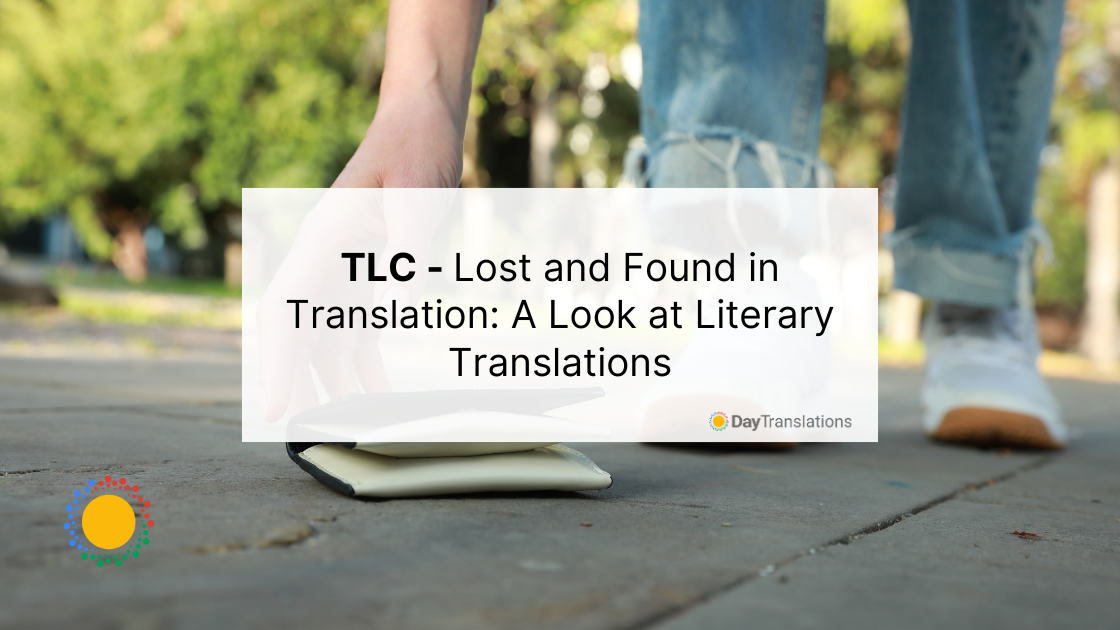Welcome back, avid linguists, to another exciting installment of The Language Classroom! Today, we embark on a fascinating journey into the realm of literary translations. Translating literature is an art form that bridges cultures and languages, allowing us to experience the beauty and richness of stories from around the world. Let’s explore the complexities, challenges, and triumphs of literary translations.
The Art of Literary Translations
Translating literature is more than just converting words from one language to another; it’s about capturing the essence, style, and emotion of the original work. Literary translators must be adept not only in the languages they work with but also in understanding the cultural nuances and context of the text. They play a crucial role in preserving the author’s voice while making the text accessible to a new audience.
Challenges in Literary Translations
One of the primary challenges in literary translation is maintaining the original tone and style of the author. For instance, a poet’s choice of words and rhythm can be deeply tied to the sound and structure of the original language. Translating poetry often requires creative solutions to preserve its musicality and meaning.
Another challenge is dealing with cultural references and idioms that may not have direct equivalents in the target language. Translators must decide whether to adapt these references to make them more relatable to the new audience or to retain them and provide explanations, thereby preserving the cultural integrity of the original text.
Famous Literary Translations
Many famous works of literature have been translated, allowing them to reach a global audience. For example, the translations of Gabriel García Márquez’s “One Hundred Years of Solitude” have brought the magical realism of Latin American literature to readers worldwide. Similarly, Haruki Murakami’s novels, translated from Japanese, have captivated audiences with their unique blend of surrealism and contemporary issues.
The Translator’s Role as an Interpreter
A literary translator is often seen as an interpreter between cultures. They have the delicate task of ensuring that the translated work evokes the same feelings and reactions in the target audience as the original did in its readers. This requires a deep understanding of both cultures and an ability to convey subtle meanings and emotions.
Balancing Fidelity and Creativity
One of the perennial debates in literary translation is the balance between fidelity to the original text and creative freedom. Some argue that translators should stay as close to the original as possible, while others believe that a degree of creativity is necessary to produce a text that resonates with the new audience. The best literary translations often strike a harmonious balance between these two approaches.
The Impact of Literary Translations
Literary translations have a profound impact on global literature and culture. They allow stories, ideas, and voices from different parts of the world to be heard and appreciated across linguistic boundaries. Translations can also introduce readers to new literary styles and genres, enriching their understanding of world literature.
Wrapping Up: The Ongoing Journey
As we conclude our exploration of literary translations, we celebrate the dedication and skill of translators who bring the world’s literature to our doorstep. Their work not only broadens our literary horizons but also fosters cross-cultural understanding and appreciation.
Thank you for joining us on this journey through the world of literary translations. Be sure to check back next week for another intriguing installment of The Language Classroom. Until then, happy reading and happy translating!












Sorry, the comment form is closed at this time.